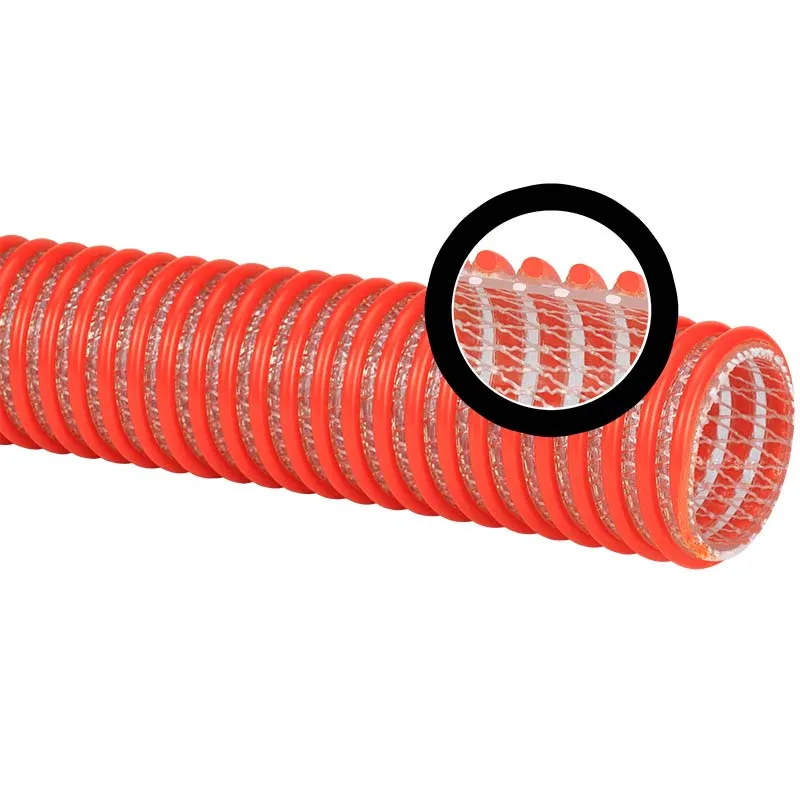Choosing the Best Foil Duct for Your Dryer Installation Needs
Foil Duct for Dryer Benefits and Considerations
When it comes to venting your dryer, the type of duct you choose plays a crucial role in safety and efficiency. One common choice for dryer venting is the foil duct, which is favored for its lightweight construction and flexibility. While foil ducts have gained popularity among homeowners, it’s essential to understand their benefits, potential drawbacks, and best practices for installation and maintenance.
Benefits of Foil Ducts
1. Lightweight and Flexible Foil ducts, often made from aluminum or a mix of metals, are incredibly lightweight and can be easily maneuvered into tight spaces. This flexibility allows for easier installation in various settings, particularly where conventional rigid ducts would be impractical.
2. Heat Resistance Aluminum foil ducts are designed to withstand high temperatures. They can typically handle the heat generated by dryers without degrading or melting, provided they are used appropriately and not excessively crumpled.
3. Cost-Effective Compared to rigid ductwork, foil ducts are generally more affordable. This makes them an attractive option for homeowners looking to save on initial installation costs.
4. Smooth Interior Surface The interior of foil ducts is smooth, which helps to minimize lint buildup and allows for efficient airflow. Improved airflow can result in better dryer performance, reducing drying times and energy consumption.
5. Ease of Installation Foil ducts can be cut to size quickly and easily with minimal tools, making them a convenient choice for DIY enthusiasts. Their lightweight nature also means they can be installed without requiring additional support structures.
Considerations When Using Foil Ducts
foil duct for dryer

While foil ducts offer several benefits, there are also important considerations to keep in mind
1. Durability Although foil ducts are flexible, they can be prone to dents, damage, or pinching, especially during installation or if they are not adequately supported. Any kinks or bends can restrict airflow, leading to longer drying times and potential overheating.
2. Lint Buildup Although the smooth surface helps reduce lint buildup, foil ducts should still be inspected and cleaned regularly. Lint can accumulate in any ductwork and poses a fire risk. It is generally recommended to clean the dryer vent at least once a year.
3. Local Building Codes Before installing foil ducts, it’s crucial to check local building codes. Some areas may have specific regulations on venting materials and methods. For instance, certain codes might favor rigid ducts due to their strength and reduced risk of lint blockage.
4. Limited Use for Long Runs While foil ducts are suitable for short runs and tight spaces, using them over long distances may not be advisable. Rigid metal ducts are often recommended for longer venting runs due to their superior airflow characteristics.
5. Connection Types Proper connections between duct segments are essential to prevent leaks. Using metal screw clamps rather than tape can provide better security and minimize the chance of lint escaping through seams.
Conclusion
In conclusion, foil ducts can be an efficient and cost-effective option for dryer ventilation, particularly in situations where flexibility and ease of installation are paramount. However, it is vital to consider their limitations and follow best practices for installation and maintenance. Regular inspections and cleanings can enhance their performance and safety, ensuring your dryer operates effectively while minimizing the risk of fire. As with any home improvement project, weigh your options and consult with professionals when in doubt to ensure the best outcome for your home.
-
Top Quality Oxy Acetylene Hoses for Sale Fit for Welding DemandsNewsJul.28,2025
-
The Future of Pneumatic Air Tubes in IndustryNewsJul.28,2025
-
Superior and Reliable LPG Hose Pipe Solutions for Every NeedNewsJul.28,2025
-
Exceptionally Durable and Versatile Premium Braided PVC TubingNewsJul.28,2025
-
Best Adapters for Connecting Garden Hose to PVC Pipe ConnectionsNewsJul.28,2025
-
The Essential Role of LPG Hoses in Safe and Efficient Gas DistributionNewsJul.16,2025














